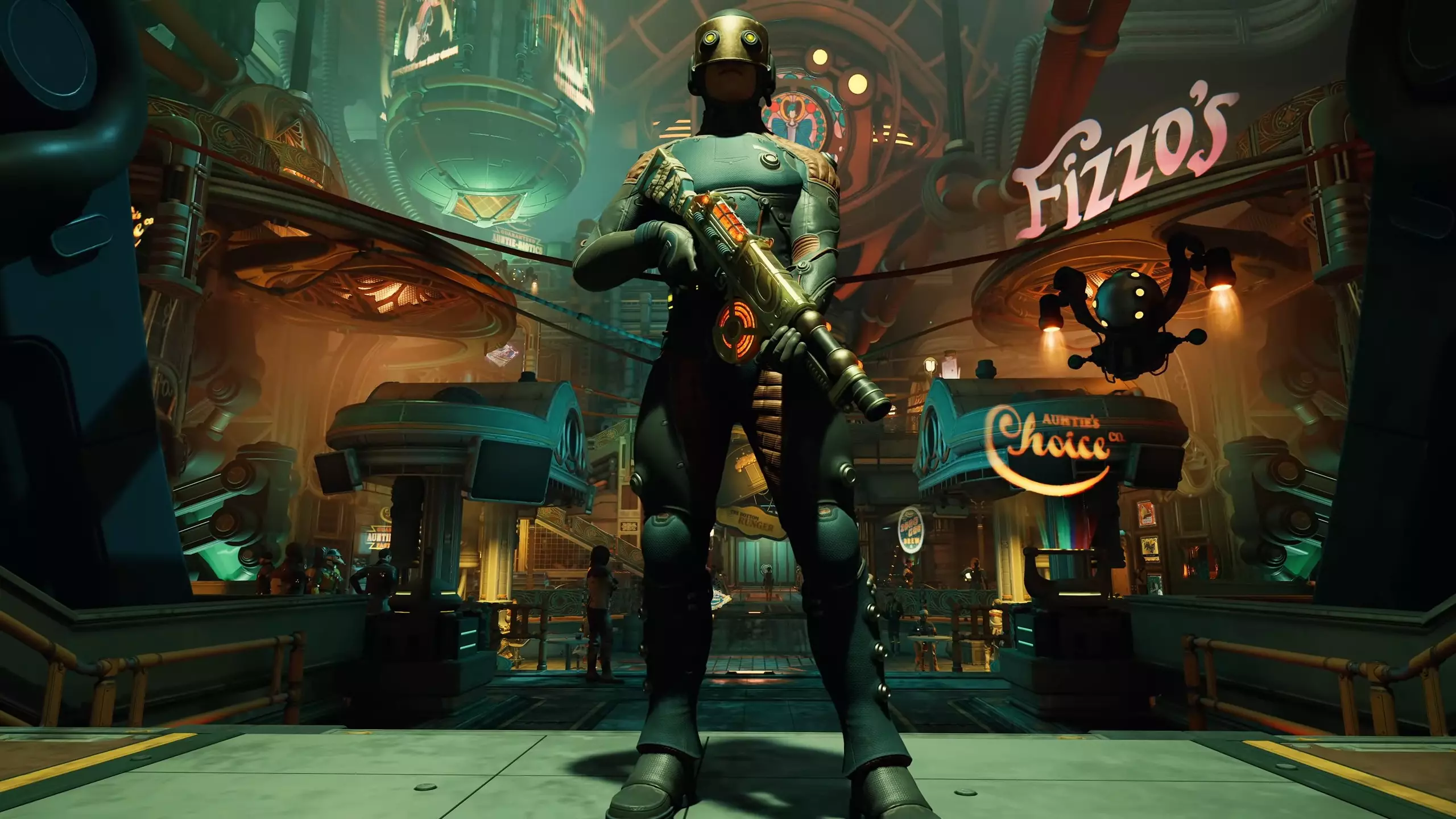In an era where many games bend over backwards to appeal to the widest possible audience, The Outer Worlds 2 boldly charts its own path. Game director Brandon Adler, with an impressive pedigree in critically acclaimed titles like Fallout: New Vegas and Pillars of Eternity, stands firmly in this philosophy. His recent statements reveal that The Outer Worlds 2 embraces its identity, choosing to cultivate a dedicated niche rather than catering to universal tastes. This sentiment resonates profoundly, particularly in an industry that often suffers from homogeneity as studios favor risk-averse formulas over innovative designs.
Adler draws attention to a fundamentally different approach: the robust and unforgiving mechanic of character choices. By outright refusing to incorporate a respec feature in The Outer Worlds 2, Obsidian intends to motivate players to invest deeply in their character’s development. Players must confront the consequences of their decisions, creating a stronger bond with their character and adding weight to the role-playing experience. Adler’s conviction here challenges the conventions that many players have come to expect: a system where players can flit between character archetypes at will, diminishing the impact of their choices.
Designing with Purpose
The design philosophy Adler extols is driven by a sense of integrity towards the role-playing genre itself. He believes that a significant aspect of meaningful gameplay lies in the permanence of decisions. By allowing players the freedom to respec, games can inadvertently dilute the weight of choices, leading to a gameplay experience that feels shallow. This stance is refreshingly radical in a landscape where many games prioritize accessibility, providing infinite options to optimize character builds without consideration for narrative cohesion or genuine role-playing.
The Outer Worlds 2 commits to originating a narrative fabric where every choice carries significance. Players don’t simply navigate the game’s world; they inhabit it, confronting moral dilemmas and crafting their identity through meaningful character progression. Adler’s assertion that “the role-playing is really strong” emphasizes a level of design intent that seeks to improve the role-playing experience to its fullest. The game is not just about following a storyline; it invites players to co-create that narrative with each decision they make, and that is an exhilarating prospect for avid RPG enthusiasts.
Respecting Player Time
A critical element of Adler’s philosophy revolves around respecting player time, a notion that often goes unconsidered in game design. He argues that the seriousness of choice not only respects the temporal investment of players but also aligns with their emotional engagement in the game. When players’ choices lead to tangible outcomes, their experiences become more memorable and impactful. This respect for the player’s time is crucial in an age where many titles often feel like they pad playtime through repetitive mechanics or filler content, instead of fostering deep, meaningful engagement.
By positioning The Outer Worlds 2 as a game that appreciates the gravity of every choice, we are reminded of a time when narratives felt intimate and personalized. Many games today struggle to convey a story that feels tailored to the player’s decisions, often resorting to cookie-cutter narratives. Adler’s commitment to ensuring that players grapple with their choices deeply aligns with the genre’s roots, providing an experience that champions individual narratives.
Cultivating Passion Over Popularity
The candid admission from Adler that making a game for “literally everybody” would ultimately compromise the project’s quality should resonate with any creative endeavor. This clear prioritization of creating a “cool, fun game” authentic to its core vision sets The Outer Worlds 2 apart from titles that chase trends instead of standing firm on their creative values. This unwavering sense of direction invites players who appreciate authenticity and complexity—the true enthusiasts of story-driven RPGs.
While it’s natural for game developers to aspire to widespread acclaim, Adler’s remarks challenge the notion that popularity equates to success. In that light, the risks taken in the design and storytelling of The Outer Worlds 2 could lead to not just a cult following but also potentially redefine expectations for RPG mechanics. By daring to prioritize fidelity to a vision over universal appeal, Adler and his team present a confident alternative to the industry’s prevailing mindset: that being bold and unique might just be the formula for enduring success.
A Game of Strategic Depth
Ultimately, how players receive The Outer Worlds 2 will hinge on their willingness to embrace the outlined principles. For those who crave nuanced storytelling intertwined with strategic depth, the game promises a rewarding experience. Adler’s approach underscores a belief that, even in a crowded market, there is a tribe of players yearning for something authentic. In a world flooded with interchangeable gaming experiences, Obsidian’s latest project dares players to take a leap with them—a leap that values depth and decisions, celebrating role-playing in an exceptional manner.

